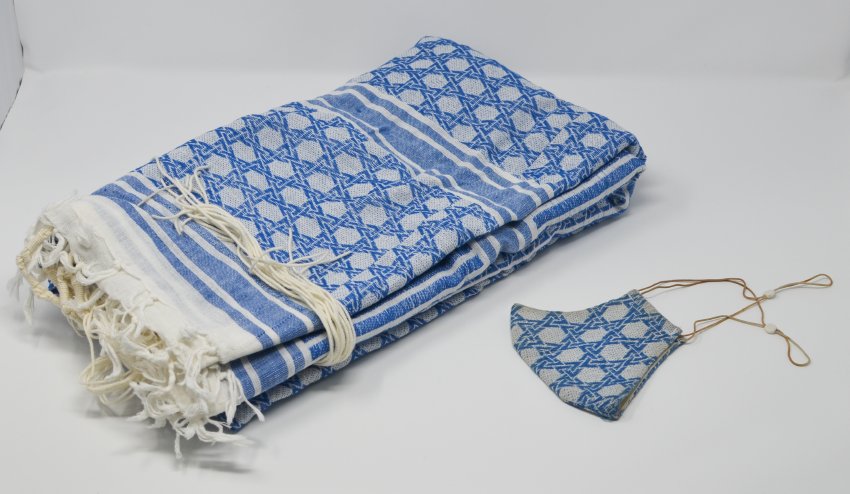The Whole Spiel
A Historian in a Museum Moment
May 24, 2021
I’m a history professor, not a museum professional. My work advising and writing for the Capital Jewish Museum has provided daily lessons on the differences – on the differences between writing history books and making exhibits (fewer words!), between teaching students and reaching visitors (less time!), between arguing the finer points among academics and clarifying messages for the public (maybe we don’t need to explain the Enlightenment!).
Despite the differences, the work of museums and academic historians is deeply intertwined. We need each other. I constantly remind my students that historians only know what we can find in “the archive,” the vast collection of evidence of the past found everywhere from governmental and institutional repositories to museum collections to those musty boxes in somebody’s attic. We don’t know what wasn’t collected.
But I really didn’t understand the human effort behind this truism until the pandemic hit and the museum staff leapt into collecting mode. While I was asking myself how I would teach on Zoom or keep my family safe, museum staff were asking a different question: How will this museum make sure the story of the pandemic for Jewish Washingtonians can be told after it’s all over? For a history professor, it was like being an ordinary person standing with “first responders” when a disaster struck: a flurry of motion, phone calls, texts; clear thinking amidst chaos.
The results were tangible and will soon be on display in the museum: home-made masks for donation, matching tallit and mask, posters from activists demanding equitable health care, stories of lives lost and family suffering.

Matching Mask and Tallis worn throughout the COVID-19 Pandemic, Gift of James Sullivan

Theodora Foer puts on her tallit alongside Rabbi Lauren Holtzblatt. Masked and outdoors, Theo was able to have her Bat Mitzvah in the midst of the pandemic. Fall 2020, Gift of Esther Foer.
Since that terrifying 2020 spring, there have been other such moments: The murder of George Floyd—when some Jews joined the movement for Black lives in the streets of DC; Justice Ruth Bader Ginsberg’s death in September – when a museum curator scrambled to collect and preserve impromptu memorials to the Jewish justice all over the District; the January 6 insurrection at the Capitol – when it was crucial to document clothes and signs with antisemitic messages.

A sign carried by Carly O’Connell during the racial justice protests, summer 2020. Gift of Carly O’Connell.

Items left underneath the RBG Mural along U St. NW in the days after the news of her passing, Sept. 2020. Gift of FlockD
It has been poignant to be a part of a museum meeting such moments. I am struck by how meeting those moments is what enables me to do my job many moments later.
As a historian, I ask questions about the past and seek answers in the evidence from the past. I get to survey the field of knowledge and carefully craft questions that can fill in gaps or change outdated narratives. I spend years talking to other historians to hone my contribution to what we know about the past. It’s all very slow, methodical, analytical.
But, of course, that’s how history gets written, not how it is lived. In these historic moments over the last year, the museum captured life as it was being lived. Staff couldn’t know what questions historians would ask, what evidence they would seek for their writing, or what material would be needed for future exhibitions. They only knew that we wouldn’t be able to do that work if they didn’t act immediately. It was all action today, so that we can know what “today” meant tomorrow and for generations to come. And it was unforgettable.
Author: Eric S. Yellin, Ph.D., Senior Curatorial Consultant, Associate Professor of History & American Studies, University of Richmond
